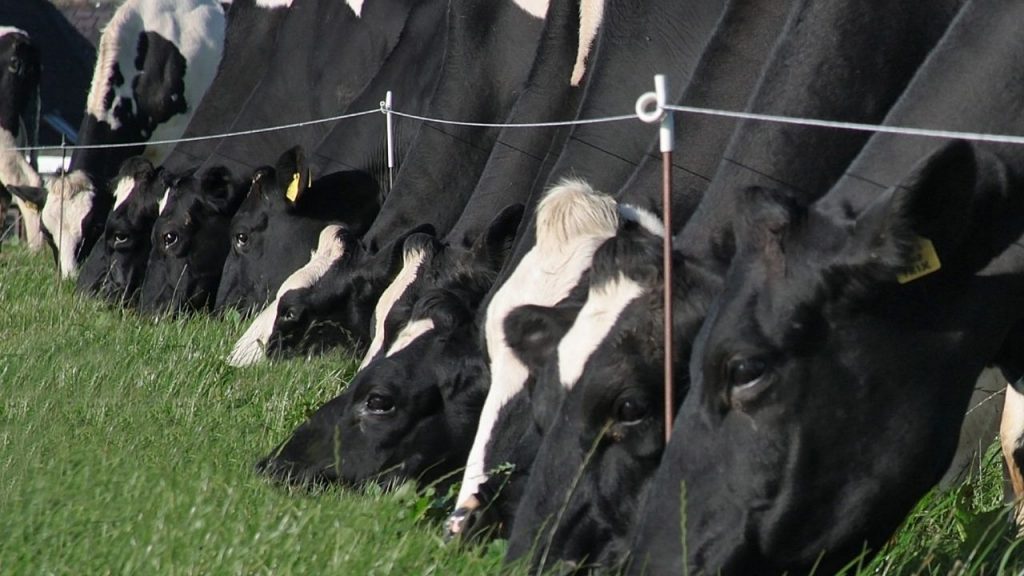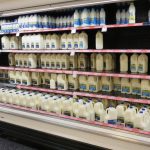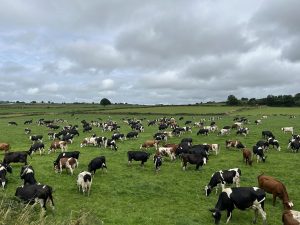
Farmgate milk prices are on the rise, in line with higher commodity prices worldwide, but increasing costs of inputs, lack of labour, and unfavourable weather will continue to limit production.
According to the latest dairy report from Rabobank, global milk supply growth halted in the second half of the year, bringing the market to levels not seen since 2014.
Weather-related issues decimated Oceania’s peak production and margin erosion in the U.S and Europe slowed growth.
Meanwhile, production gains in South America have not been enough to offset these developments.
Global milk trade
“We anticipate a modest recovery in the second half of 2022, but that will require favorable weather and the tempering of feed costs,” Mary Ledman, global dairy strategist at Rabobank explained.
“High feed prices and general input cost inflation are common themes across the major milk-producing regions.”
While farmgate milk prices are approaching new highs in New Zealand; in Australia, Europe, and the U.S, farm margins remain tight.
Adequate milk prices across much of the world offset higher cost pressures. Nevertheless, the rising costs of inputs, lack of labour, unfavourable weather, and questionable feed quality will continue to limit dairy production.
Dairy exports have slowed in response to logistics disruptions, rising transportation costs, and elevated commodity prices – in addition to the supply reduction.
The expected slowdown in import demand from China is needed to cool prices in the face of limited supply-side increases, according to the Rabobank research.
Higher commodity prices
Despite rising inflationary pressures on dairy and food companies, consumers have yet to face sticker shock for dairy products in most countries, supporting current demand.
Rabobank expects that higher commodity prices from the second half of 2021 will be passed along to consumers in the new year.
Eventually, as consumers face price hikes, demand will be negatively impacted, particularly in emerging economies. it added.
“Consumers will be bracing for cost-of-living pressures through much of 2022,” said Ledman.
“New variants of Covid-19, inflation, labour and logistic challenges, along with others weigh on the global economic recovery with the potential for global dairy markets to teeter or totter.”
Much of this market analysis is very much in tune with the views recently expressed by Dale Farm chief executive, Nick Whelan.
He said: “Inflationary price increases across the entire gamut of inputs are now having a real impact on farm margins,” Whelan said.
“Estimates of Dale Farm suppliers’ costs indicate that average production costs have increased by 4.5p/L over the past 12 months.
“Fertiliser price hikes have probably accounted for 2.2p/L of an increase with feed and energy accounting for 1.4p/L and 0.8p/L respectively.
“Labour availability is now becoming an issue of major concern, particularly in GB,2 Whelan added.
“International dairy markets are currently supply driven. And on this basis alone the outlook for prices remains strong into the new year,” he concluded.

























